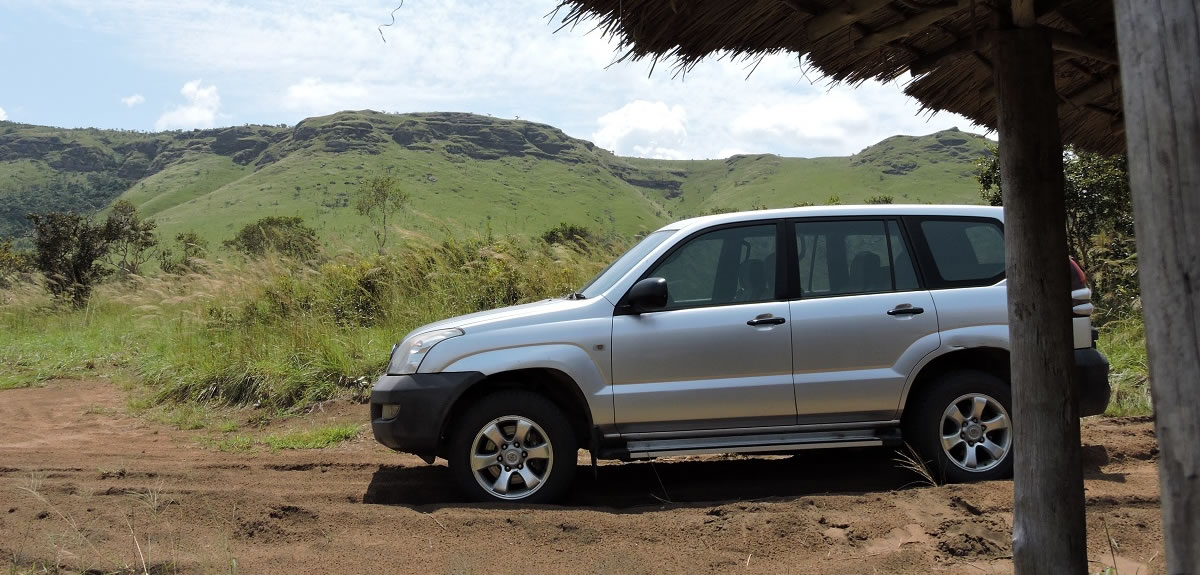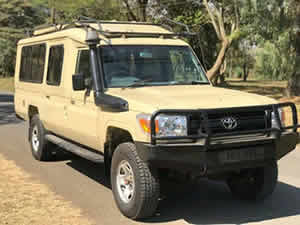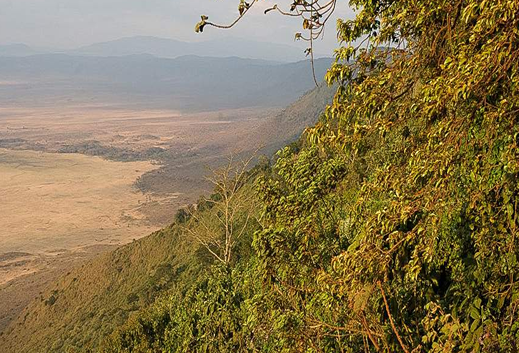Lake Manyara National Park: Self Drive Trips.
Lake Manyara National Park is located in northern Tanzania just 43 miles northwest of Tarangire National Park. The national park encompasses an area of 125 square miles .The boundaries of the national park include 89 square miles of Lake Manyara itself. It is a Biosphere Reserve. Lake Manyara is a shallow alkaline lake created by a depression within the Great Rift Valley. The lake sits at an elevation of about 3,150 feet.
The lake is shallow making it easy for wildlife to leverage across the entire thing. Even during the rainy season when the lake is at its fullest, the peak depth is only 12 feet. During the rainy season, the lake extends 25 miles wide by 9.3 miles long. Typically, the deepest point is about 10 feet. However, the average depth is only about 2.8 feet. Marshlands, saline flats, and grasslands surround the lake. A small forest featuring fig and mahogany trees are near the entrance to the park. Baobab trees are also found within the park boundaries.
Streams that feed into the lake are covered with sycamore fig, forest toad-tree, Acacia, and the palm Phoenix. The diversity of the terrain include woodlands, grasslands, swamps and marshes, and alkaline lake. Because the area has strong water sources, there are large fig and mahogany trees that grace the area. The land portion of the park is a narrow stretch of land that exists between Lake Manyara and the Gregory Rift Wall that lies to the west. The marshes, grasslands, and accessible lake make this a great place for wildlife.
Lake Manyara National Park is renowned for the abundance of flamingos. There is an estimated 1.9 million flamingo that leverages the shallow alkaline lake for feeding on algae. There is another large population of varied water birds making the collective population of around 2.5 million water birds. There are over 30 different predator species of birds found in the park. It is a bird watcher’s haven. In addition to the abundance of flamingo and waterfowl, there are 40 different species of predatory birds with over 390 species of bird’s altogether.










